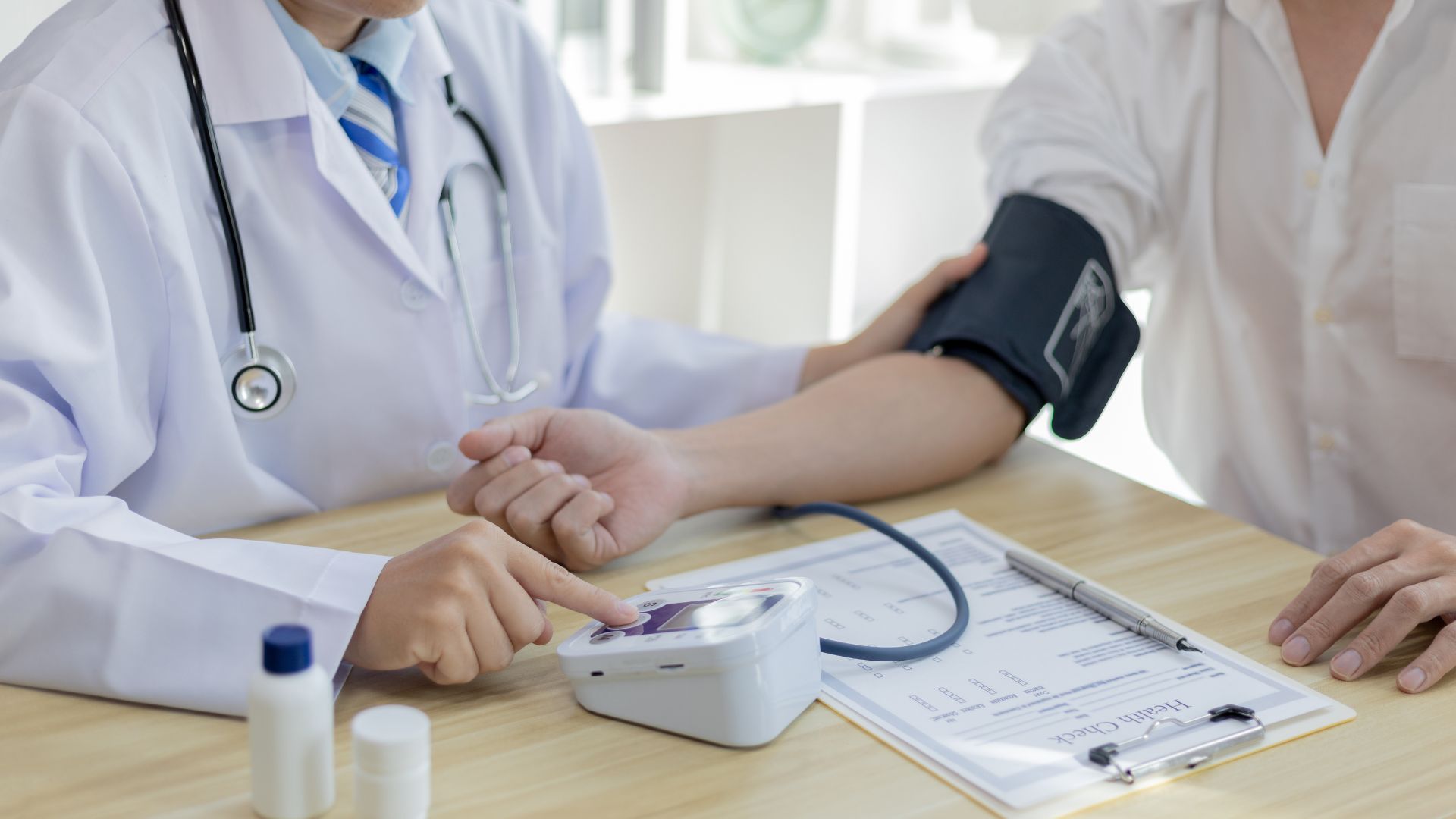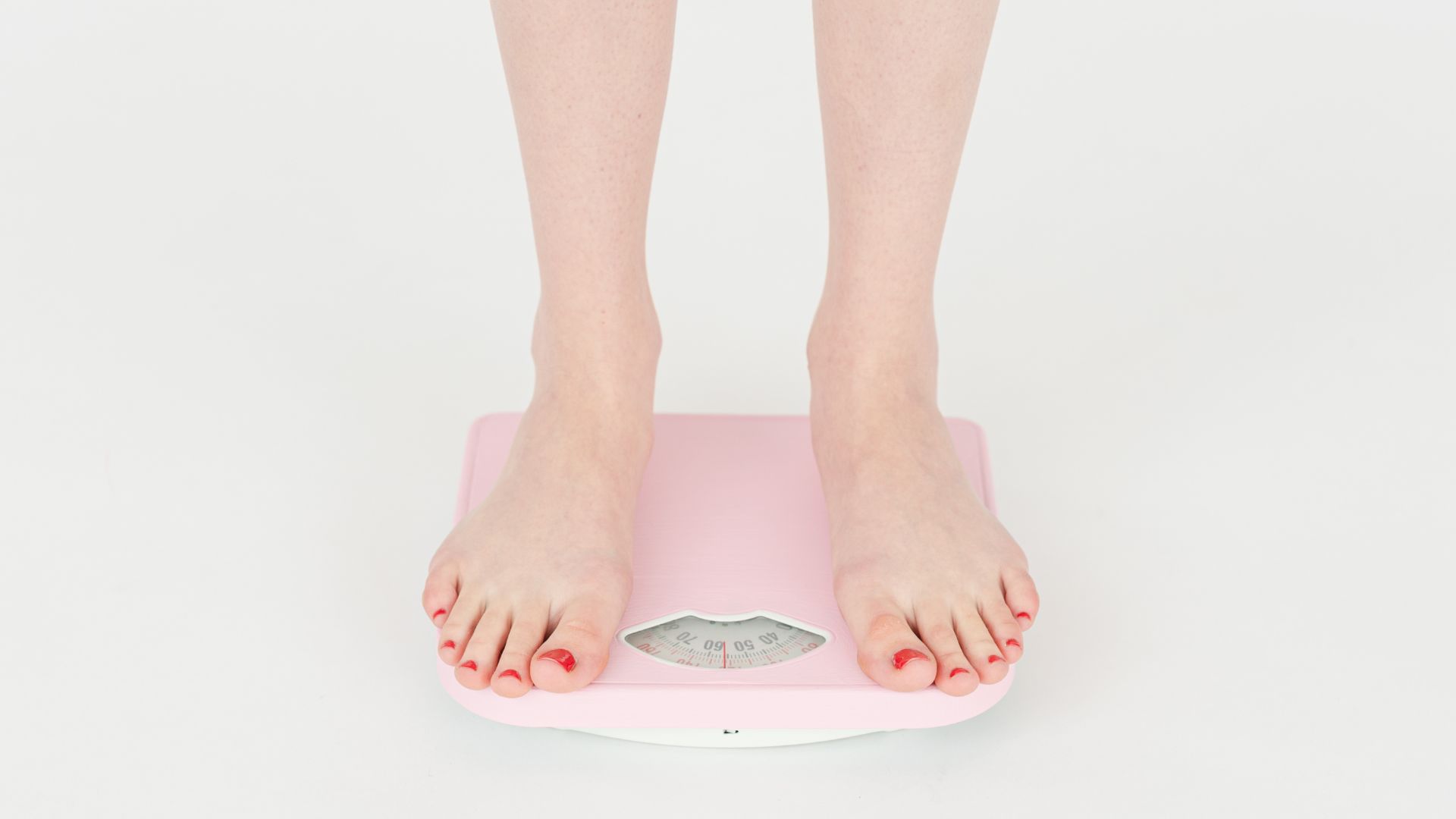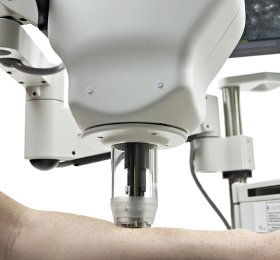We often hear about the importance of a proper diet and regular exercise, but there’s another crucial aspect to consider—keeping an eye on your cholesterol levels.
Let’s start by understanding what cholesterol is. It’s a fat-like substance present in our bodies. Cholesterol plays a significant role in ensuring our cells function properly. Without it, many vital biological processes wouldn’t occur. For instance, cholesterol is essential for cell membrane formation and the synthesis of certain hormones. But here’s the catch: not all cholesterol is good for you.
There are many misconceptions about cholesterol. Some people believe it’s entirely harmful and clogs arteries, leading to heart diseases. However, the reality is more nuanced. There’s “bad” cholesterol, known as LDL (low-density lipoproteins), which can accumulate on the walls of blood vessels, forming plaques. But there’s also “good” cholesterol—HDL (high-density lipoproteins), which helps clean excess cholesterol from your arteries.
What Are Cholesterol Levels?
Cholesterol levels indicate how much cholesterol is circulating in your bloodstream. This measure directly affects heart and vascular health. If your LDL level is too high, it can lead to problems like atherosclerosis, coronary heart disease, and other cardiovascular conditions. Therefore, it’s crucial to monitor your cholesterol levels and know how to keep them in check.
Monitoring cholesterol is quite simple; you only need to get a blood test periodically. It’s a routine procedure that doesn’t take long. The results will show your total cholesterol, along with LDL and HDL levels. If something is off, your doctor can advise you on how to improve your cholesterol profile.
Keep in mind that cholesterol levels are influenced not only by genetics but also by lifestyle factors, including diet, physical activity, and stress. Maintaining a healthy lifestyle can help regulate cholesterol levels and reduce the risk of cardiovascular diseases.
What Is Cholesterol?
Defining Cholesterol
Cholesterol is a fat-like substance produced by the body and also absorbed from food. It plays a vital role in various bodily functions. For example, cholesterol is needed to form cell membranes, acting as a protective wall for cells. It also helps in the synthesis of hormones like testosterone, estrogen, and vitamin D, which is crucial for strong bones. So, cholesterol is not purely harmful, as some might think.
The Difference Between Good and Bad Cholesterol
Let’s discuss the two main types of cholesterol that are often mentioned when talking about heart health: LDL (low-density lipoproteins) and HDL (high-density lipoproteins).
- LDL (Low-Density Lipoproteins): Known as “bad” cholesterol, LDL carries cholesterol throughout the body. If the LDL level gets too high, it can deposit on artery walls, forming plaques. This leads to narrowed arteries, potentially causing severe health issues like heart attacks or strokes. Monitoring and managing LDL levels is crucial.
- HDL (High-Density Lipoproteins): Called “good” cholesterol, HDL acts like a cleaner, removing excess cholesterol from your bloodstream and carrying it back to the liver for processing. High HDL levels are associated with a lower risk of heart disease, making it beneficial to raise HDL through lifestyle choices.
Maintaining a balance between LDL and HDL is essential for heart health. Regularly checking your cholesterol levels and making lifestyle adjustments can make a significant difference.
Types of Cholesterol: LDL and HDL
What Is LDL (Low-Density Lipoprotein)?
LDL, or low-density lipoprotein, is the main transport protein that carries cholesterol throughout the circulatory system. Imagine cholesterol as cargo that needs to be delivered to specific locations. LDL acts as a courier, collecting this “cargo” from the liver and distributing it throughout the body.
However, if LDL levels in the blood become too high, it can lead to problems. Excess LDL can deposit on the walls of the arteries, forming plaques. This process is known as atherosclerosis. Over time, these plaques narrow the arteries, which can cause serious conditions such as heart attacks or strokes. This is why it is crucial to monitor LDL levels and strive to keep them within a healthy range.
What Is HDL (High-Density Lipoprotein)?
HDL, or high-density lipoprotein, is often referred to as “good” cholesterol. Why? Because HDL performs a highly beneficial function—it gathers excess cholesterol from tissues and blood vessels and transports it back to the liver for processing and elimination. Essentially, HDL acts as a cleaner, removing extra cholesterol from the bloodstream.
High levels of HDL in the blood are associated with a lower risk of cardiovascular disease. This means that having a high level of “good” cholesterol is a positive sign for heart health. It’s beneficial to work on increasing HDL levels through physical activity and a healthy diet.
Comparing LDL and HDL
Now, let’s compare LDL and HDL. The main difference between them lies in their impact on health. LDL is the “bad” cholesterol that can contribute to plaque formation and increase the risk of cardiovascular diseases. In contrast, HDL is considered “good” because it helps remove excess cholesterol and cleanses the arteries.
As for cholesterol level guidelines, total cholesterol should be less than 5.2 mmol/L, LDL should be less than 3.4 mmol/L, and HDL should be more than 1.0 mmol/L for men and more than 1.3 mmol/L for women. Regular cholesterol tests can help you monitor these numbers and take action if needed.
What Do the Numbers on a Blood Test Mean?
How to Interpret Cholesterol Test Results
When you get a cholesterol test, you’ll be given several key figures that help assess your health. These include total cholesterol, LDL (low-density lipoproteins), HDL (high-density lipoproteins), and triglycerides. Let’s break down each one.
- Total Cholesterol: This is the sum of all cholesterol types in your blood. It’s essential to keep this level in check, as high total cholesterol can signal cardiovascular problems.
- LDL: Known as the “bad” cholesterol, high LDL levels can lead to plaque buildup in your arteries, raising the risk of cardiovascular diseases.
- HDL: The “good” cholesterol. A high HDL level is a positive sign, as it helps clear excess cholesterol from your arteries.
- Triglycerides: Another type of fat found in the blood. Elevated triglycerides can be linked to overweight, poor diet, or even diabetes. Their levels must be monitored as they also impact cardiovascular risk.
So, if your LDL or triglyceride levels are elevated, it could indicate a health risk, and you should pay attention.
Cholesterol Level Standards
Now, let’s discuss cholesterol norms. Here are the optimal values for different indicators:
- Total Cholesterol: Less than 5.2 mmol/L.
- LDL: Less than 3.4 mmol/L.
- HDL: More than 1.0 mmol/L for men and more than 1.3 mmol/L for women.
- Triglycerides: Less than 1.7 mmol/L.
If your test results show any levels above these norms, it’s a cause for concern. Discuss your results with your doctor to understand the potential reasons for the increase and ways to reduce it. You may be advised to adjust your lifestyle, change your diet, or, in some cases, start medication.
The Impact of Age and Gender on Cholesterol Levels
Age and gender can significantly influence cholesterol levels. Men usually have higher cholesterol levels at a younger age, due to hormonal and metabolic differences. However, as women age, especially after menopause, their cholesterol levels can increase. This is because estrogen levels drop, affecting metabolism and cholesterol.
Factors Influencing Cholesterol Levels
Cholesterol levels in the body depend on many factors. Let’s explore the main ones.
Diet and Nutrition
What you eat has a significant impact on your blood cholesterol levels.
- Saturated and Trans Fats: Found in animal products like fatty meats and dairy, as well as processed and fast foods. Consuming too many of these fats can raise LDL, the “bad” cholesterol.
- Polyunsaturated and Monounsaturated Fats: These healthy fats increase HDL, the “good” cholesterol. Examples include olive oil, avocados, nuts, and fish. Including these foods in your diet can help balance cholesterol and promote heart health.
Pay attention to your diet: Avoid foods high in saturated and trans fats and prefer healthy fats instead.
Physical Activity
Regular physical activity plays a vital role in maintaining healthy cholesterol levels.
- How Exercise Affects Cholesterol: Exercise boosts HDL, lowering the risk of cardiovascular diseases. It can also help reduce LDL and triglycerides.
- Activity Recommendations: Aim for at least 150 minutes of exercise per week. This can include walking, running, swimming, dancing, or any other activities you enjoy. The key is to stay active regularly!
Physical activity not only benefits your heart but also helps maintain a healthy weight and overall well-being.
Stress and Its Impact
Emotional well-being can significantly affect cholesterol levels.
- Chronic Stress: Long-term stress may raise cholesterol. During stress, the body releases hormones like adrenaline and cortisol, which can increase LDL levels.
- Managing Stress: Find ways to handle stress, such as meditation, yoga, exercise, or spending time with loved ones. Learning to relax and setting aside time for self-care can minimize stress’s impact on your health.
Genetic Factors
Some people may have a genetic predisposition to high cholesterol.
- Family History: If your family has a history of cardiovascular diseases or high cholesterol, you may be at risk. Genetics can influence how your body processes cholesterol.
- Consulting a Doctor: If you’re aware of your genetic risks, discuss them with your doctor. They may recommend regular cholesterol checks and ways to manage your levels.
How to Control Your Cholesterol Levels
Monitoring cholesterol is crucial for heart and vascular health. Here are some ways to keep it within a healthy range.
Lifestyle Changes
The first and most important step is changing your lifestyle. Here’s what to focus on:
- Diet:
- Reduce saturated fats from red meat and dairy. Opt for healthy fats like olive oil, nuts, and avocados.
- Increase fiber intake, which helps lower cholesterol. Fruits, vegetables, whole grains, and legumes are excellent sources.
- Avoid trans fats, often found in fried and processed foods. Check labels to eliminate them from your diet.
- Include foods rich in omega-3 fatty acids, like salmon, mackerel, chia seeds, and flaxseeds, which support heart health.
- Physical Activity:
- Exercise regularly to boost HDL (“good” cholesterol) and lower LDL (“bad” cholesterol). Aim for at least 150 minutes of activity per week, such as walking, running, or swimming.
- Find enjoyable activities to make exercise more appealing. This could be dancing, yoga, or cycling. The important thing is to stay active!
- Managing Stress:
- Stress can negatively affect cholesterol levels, so it’s essential to manage it. Try meditation, breathing exercises, or hobbies you enjoy.
- Maintain social connections with friends and family to boost your mood and reduce stress.
Medication
In some cases, lifestyle changes may not be enough, and medication might be necessary. The most common drugs to lower cholesterol are statins, which reduce LDL and decrease cardiovascular risk.
If your doctor prescribes medication, follow their advice. Don’t stop taking your meds without consulting your doctor, even if your test results improve. Also, inform your doctor about any side effects you experience.
Regular Checkups
Don’t skip regular cholesterol screenings. This is especially important for people predisposed to cardiovascular diseases or those who already have high cholesterol.
For adults over 20, it’s recommended to check cholesterol every 4–6 years. However, if you have risk factors like high blood pressure, diabetes, or a family history of heart disease, your doctor may suggest more frequent testing.
The sooner you know your cholesterol status, the sooner you can take action. Understanding your levels and what they mean can help you make informed choices about your health and lifestyle.
Preventing Cardiovascular Diseases
Heart diseases are a significant health risk, but many can be prevented. By following simple steps, you can reduce your risk and protect your heart.
Easy Steps for a Healthy Heart
- Healthy Diet:
- Stick to a balanced diet rich in vegetables, fruits, whole grains, and lean proteins like fish and poultry. These foods help maintain healthy cholesterol and blood pressure levels.
- Reduce salt and sugar intake. Excess salt can raise blood pressure, and too much sugar can lead to weight gain and higher triglyceride levels.
- Watch your portion sizes. Even healthy foods can cause weight gain if eaten in large amounts, putting extra strain on your heart.
- Physical Activity:
- Regular exercise is excellent for heart health. Aim for at least 150 minutes of moderate aerobic activity per week, like brisk walking, swimming, or cycling.
- Strength training is also crucial as it increases muscle mass and supports metabolism. Do it at least twice a week.
- Small daily changes can make a difference, like taking the stairs instead of the elevator or walking during lunch breaks.
- Stress Management:
- Chronic stress can harm heart health, so find ways to relax. Practice meditation, yoga, or spend time on hobbies you enjoy.
- Keep strong relationships with friends and family. Social support can lower stress levels and improve overall well-being.
Symptoms to Watch Out For
Be aware of your body and look out for any unusual symptoms. Some may indicate heart issues. Here’s what to watch for:
- Shortness of Breath: Difficulty breathing even during regular activities may signal cardiovascular problems.
- Chest Pain: A common symptom of heart issues, chest pain can feel like pressure, tightness, or discomfort. Don’t ignore this; see a doctor.
- Unusual Fatigue: Feeling extremely tired without reason, even from small activities, may indicate health concerns.
If you experience any of these, consult your doctor promptly. Early detection can prevent more severe problems.
The Role of Doctors and Checkups
Regular medical checkups are vital for preventing heart diseases. Doctors can help monitor cholesterol, blood pressure, and other heart-related indicators.
- Tests:
- Get regular tests, including cholesterol and blood glucose levels. These help assess how well your heart is functioning.
- Blood pressure checks are crucial, as high pressure is a risk factor for heart disease.
- Consultations:
- Discuss your lifestyle and any health changes with your doctor. This can help identify risks early and find ways to mitigate them.
- If you have a family history of heart disease, talk about how best to monitor your health.
Caring for your heart is a form of self-care. Cholesterol levels are crucial for your health, and managing them can prevent heart disease. Stay proactive, get regular tests, and don’t hesitate to seek medical advice. Take care of your heart, and it will take care of you!








